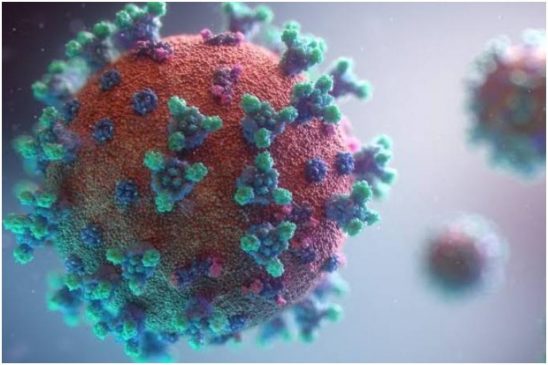In the wake of the surge in respiratory diseases and new JN.1 COVID sub-variant, the WHO has said that the virus is evolving and changing and urged the member states to continue with strong surveillance and sequence sharing.
Read More: PM Modi to flag off 2nd Vande Bharat train on Varanasi-New Delhi route | 10 things to know
NEW DELHI: Amid growing concerns over the detection of the JN.1 subvariant of COVID-19 in Kerala on December 8, the southern state braces for potential challenges. Originating in the United States in September 2023, the JN.1 variant is a descendant of the previously identified BA.2.86.
Detection Of Covid-19 Variant JN.1 In Kerala
Sources reveal that a 79-year-old woman in Kerala tested positive for JN.1 in an RT-PCR test on November 18. Although she experienced mild symptoms of Influenza Like Illness (ILI), she has successfully recovered from the infection. The World Health Organisation (WHO) emphasizes the evolving nature of the virus, urging member states to maintain robust surveillance and share sequencing data.
China’s Reassurance Amid Global Concerns
In a reassuring statement, Chinese health authorities declare that the country remains at a low epidemic level for COVID-19, with no unknown viruses or bacteria detected during respiratory pathogen monitoring. Chang Zhaorui, a research fellow from the Chinese Center for Disease Control and Prevention (China CDC), underscores the low public health risk in China, attributing it to the low proportion of BA.2.86 and its subvariants.
Read More: LIC to play key role in achieving ‘Insurance For All by 2047: Chairman Siddhartha Mohanty
BA.2.86 Variant Landscape In China
While BA.2.86 and its subvariants dominate in certain countries, China reports a low proportion of these strains. The country has seen a rapid increase in imported cases since November, aligning with the global trend. Despite 160 reported sequences, including 148 imported and 12 local cases, no severe or critical cases have been identified.
JN.1 Variant’s Potential Dominance In China
The National Disease Control and Prevention Administration acknowledges the possibility of the JN.1 variant, a branch variant of BA.2.86, becoming a dominant strain in China. The impact of international strains and imported cases plays a significant role in this potential shift, as stated in a published statement on Friday.
WHO’s Revised Assessment, Expert Opinions
The WHO recently reclassified BA.2.86 as a variant requiring attention, citing a low risk of clinical severe infection and an overall low public health risk. Global experts emphasize the inevitability of new coronavirus variants, urging people to adapt to their existence. They stress the importance of monitoring overlapping infections of influenza and other respiratory diseases.
China’s Respiratory Disease Spike And Mitigation Efforts
China grapples with a spike in respiratory diseases, prompting measures to ease the strain on major hospitals. Mi Feng, a spokesperson from the National Health Commission, reports a downward trend in hospital visits for respiratory diseases across the country. Local medical institutes play a crucial role, accounting for 44 per cent of total fever and outpatient visits.
Read More: Govt likely to table Telecommunications Bill 2023 in Lok Sabha on Monday
Continued Vigilance And Resource Allocation
Mi emphasizes the need for sustained surveillance and comprehensive analysis of the respiratory disease situation. Allocation of medical resources is crucial to effectively cope with the spike in cases. The latest China CDC weekly report indicates a slowdown in the positive rate of influenza virus in southern and northern provinces between December 4 and 10, with some provinces showing a downward trend.





































